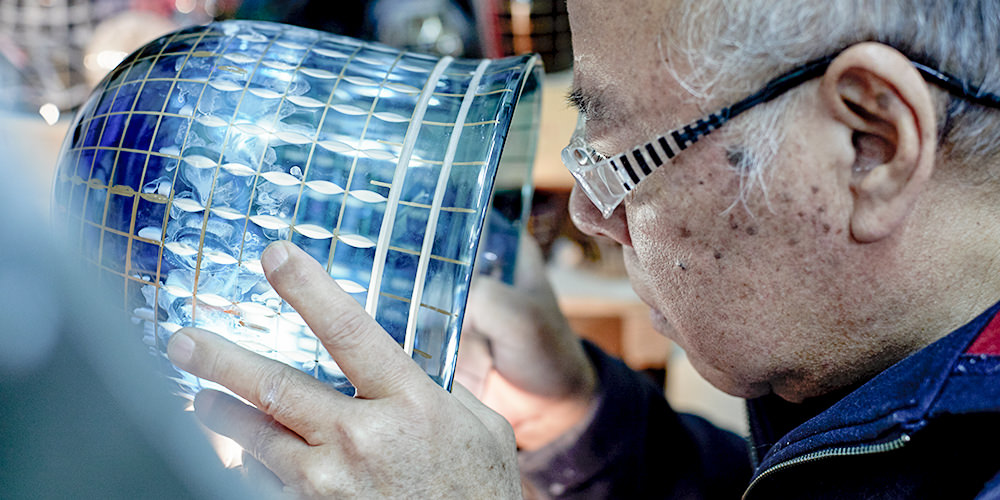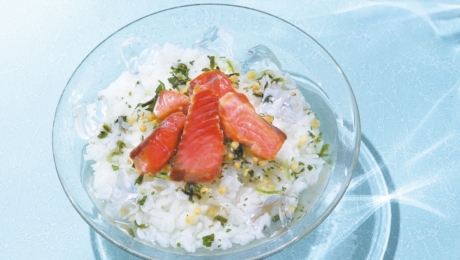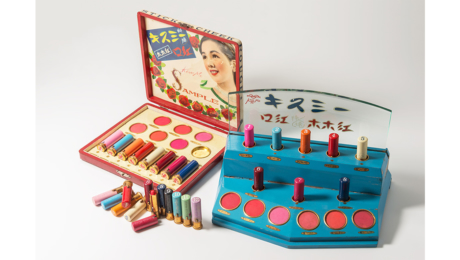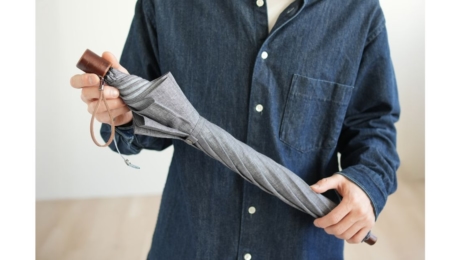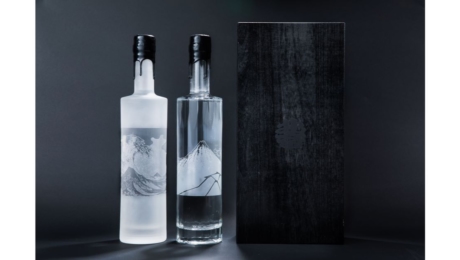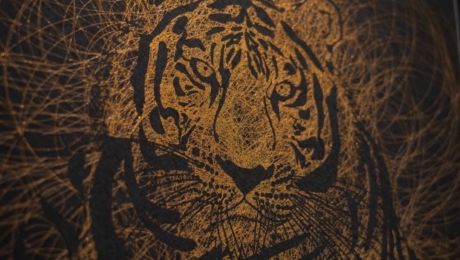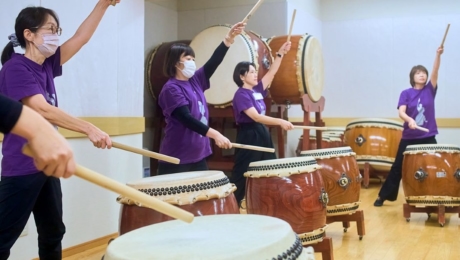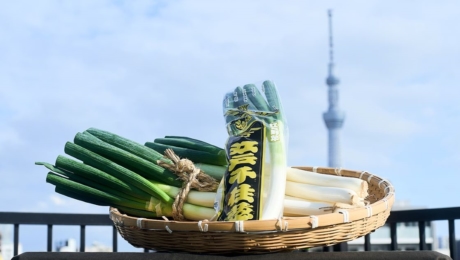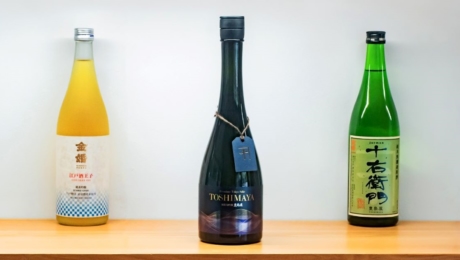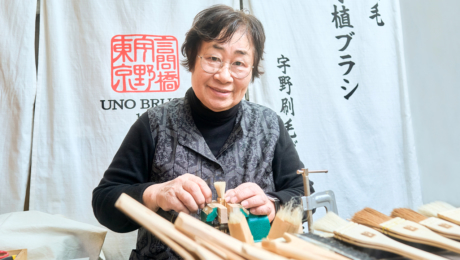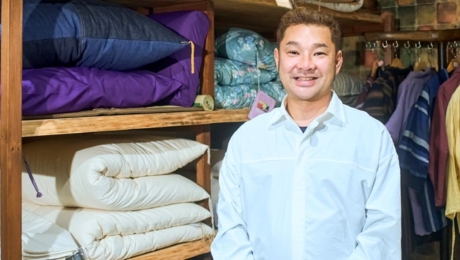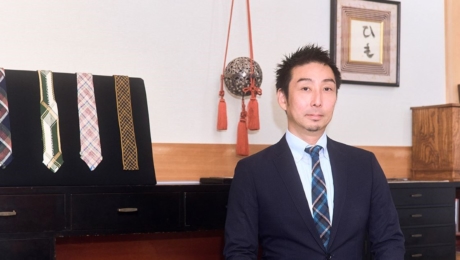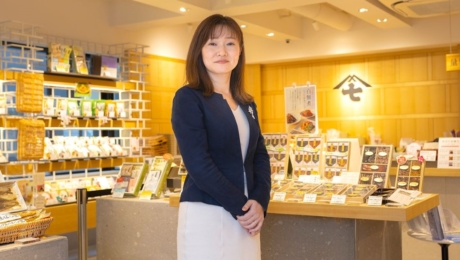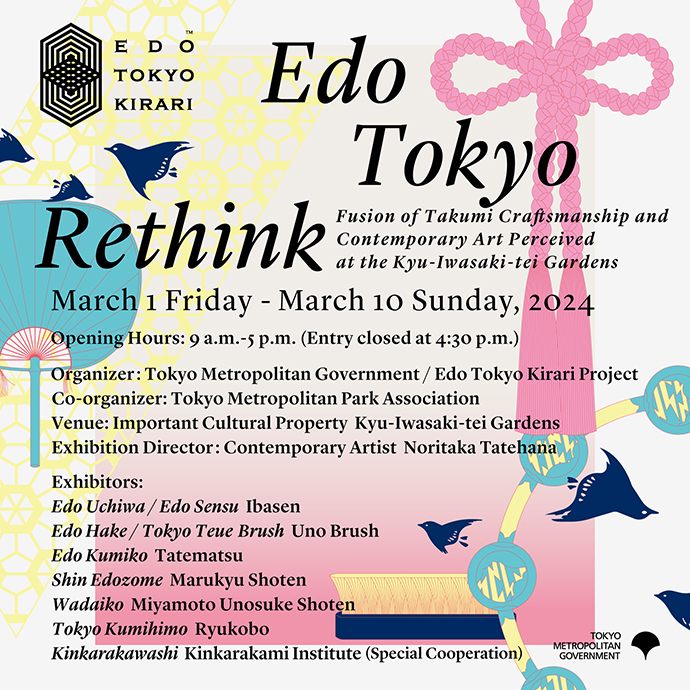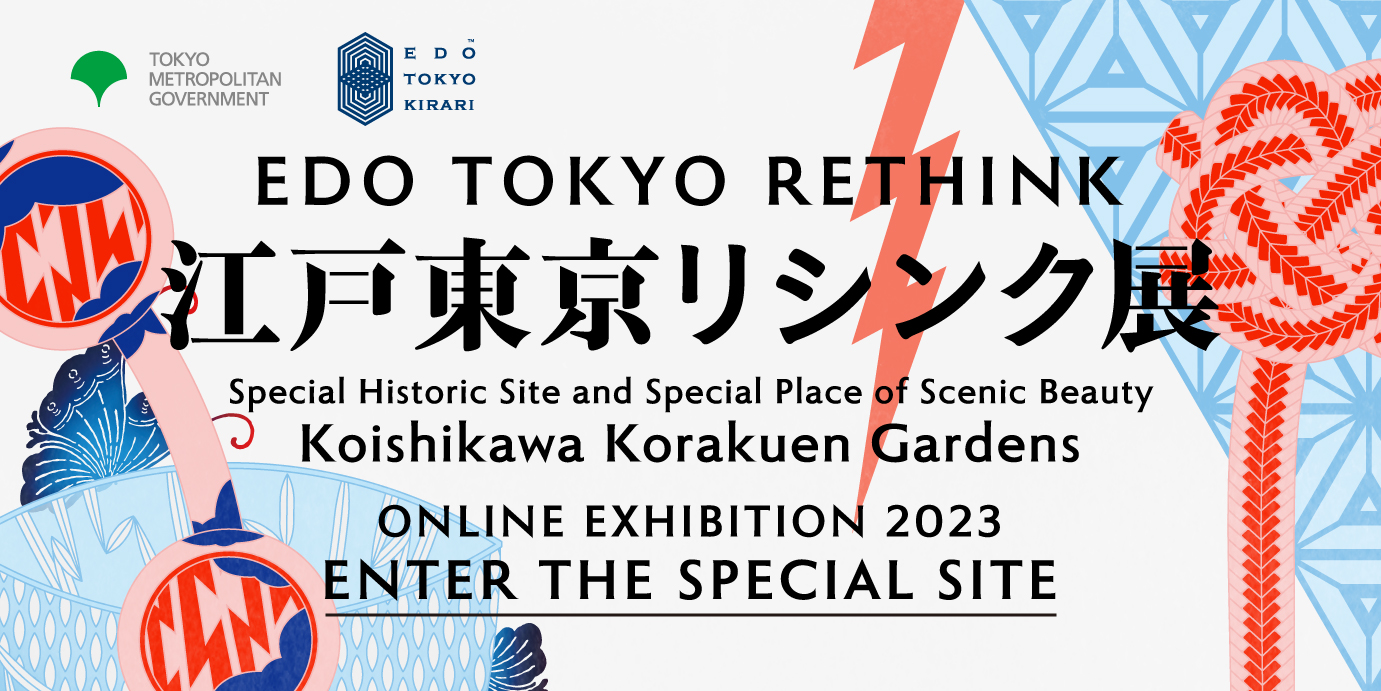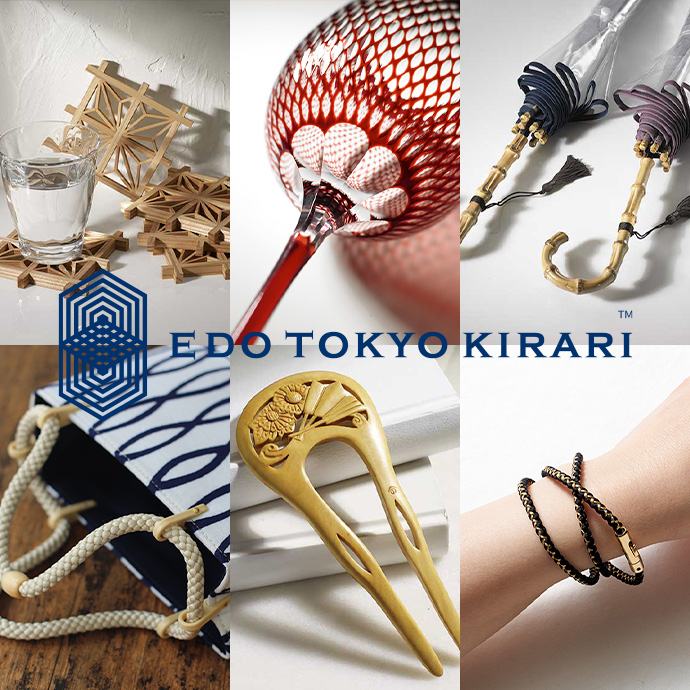NEWS
READ MORE
COLUMN
READ MORE
INTERVIEW
READ MORE
PROJECT
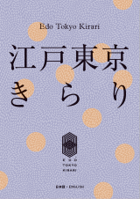
Edo Tokyo Kirari Project Digital Book
Discover the craftsmanship, passion, and brand stories behind these exceptional creations.
See all projects related to
FASHION
VIEW MORE
KOSOEN (Murata Dyeing INDUSTRY)
Since the Kamakura period (1185–1333), Ome City has been known for its textile production. During the Edo period, it gained immense popularity with the sty...
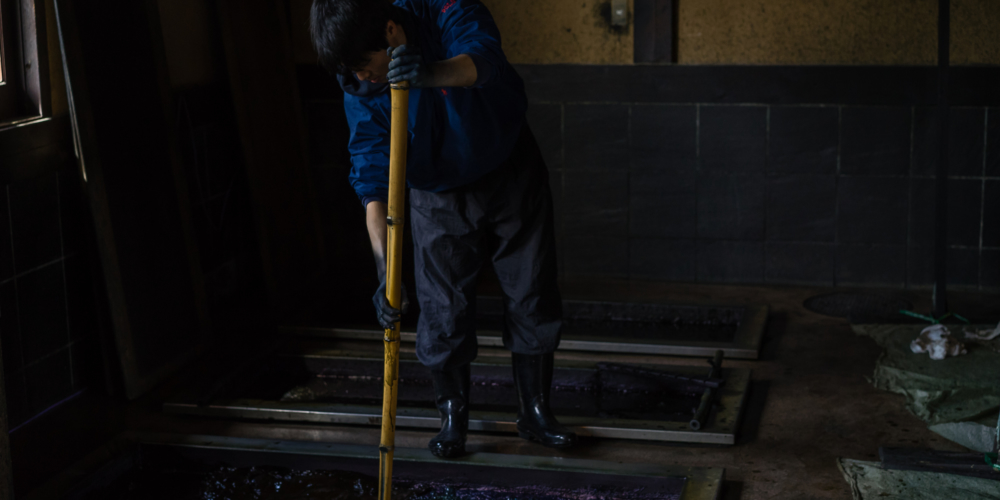
Domyo
Weaving, knitting, and braiding—these are the three major methods of textile production, used to intertwine bundled threads and produce kumihimo cords. Sin...

Tsuchiya Kaban
Tsuchiya Kaban began in 1965 with two craftsmen and a single sewing machine. Its founder, Kunio Tsuchiya, started making school bags out of his desire to p...

Mokumeganeya
The beautiful grain patterns are made from compiling layers of metals with different colors. Handcrafted by a craftsman, different metal combinations creat...

Chikusen
The kimono fabrics store Chikusen is so well-loved by Tokyoites that it is said, “For yutaka, it has to be Chikusen.” The store brings forth new creations ...
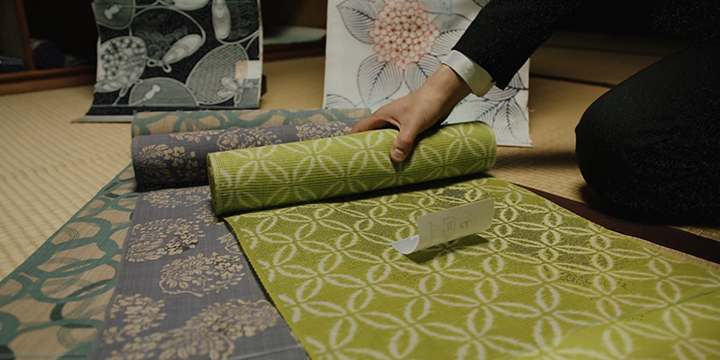
Marukyu Shoten
Yukata summer kimonos and tenugui towels dyed in brightly colored patterns are goods that came to make a regular appearance in daily life during the Meiji ...
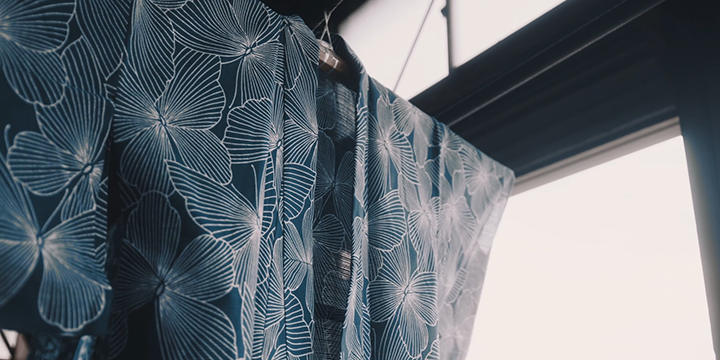
Yotsuya Sanei
Zori, Japanese sandals are made using a base with a thong strap. The process of putting the thong through the base, known as suge in Japanese, is the key t...
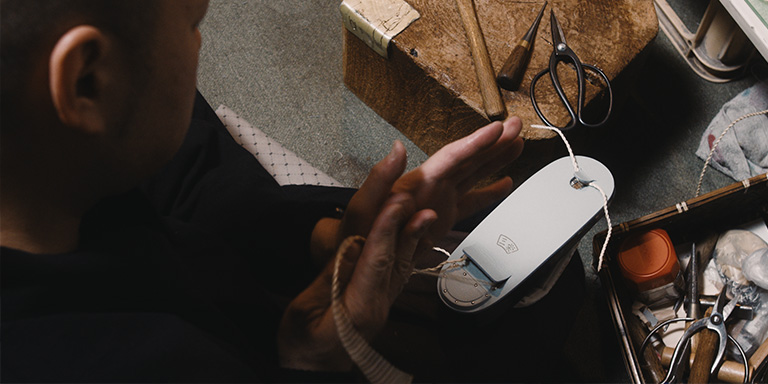
Ryukobo
In daily Japanese life, the type of braid most likely to meet the eye is an obijime (sash tightener), used when a woman wraps herself in a traditional Japa...
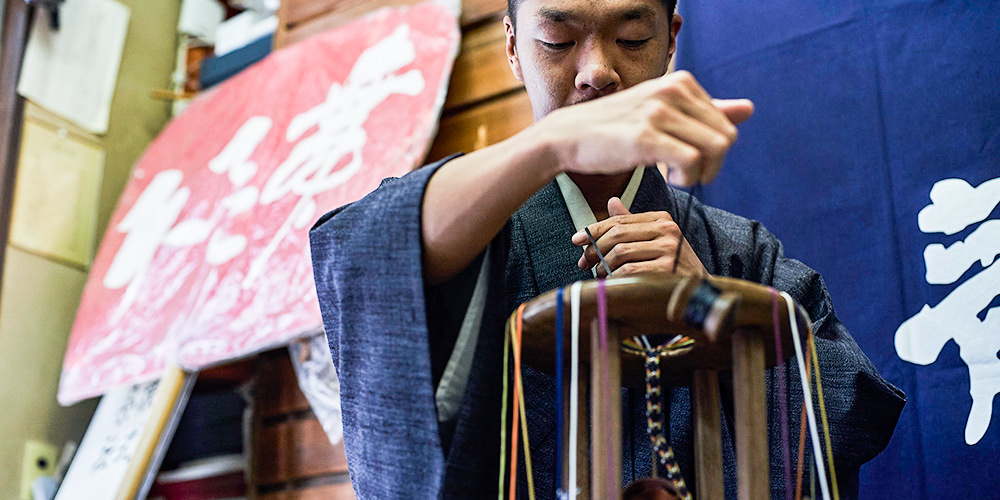
Porter Classic
Famous for its Thunder Gate (Kaminari-mon) and thriving Souvenir Street (Nakamise Dori), Senso-ji Temple is an iconic historical landmark of Tokyo. As a pl...
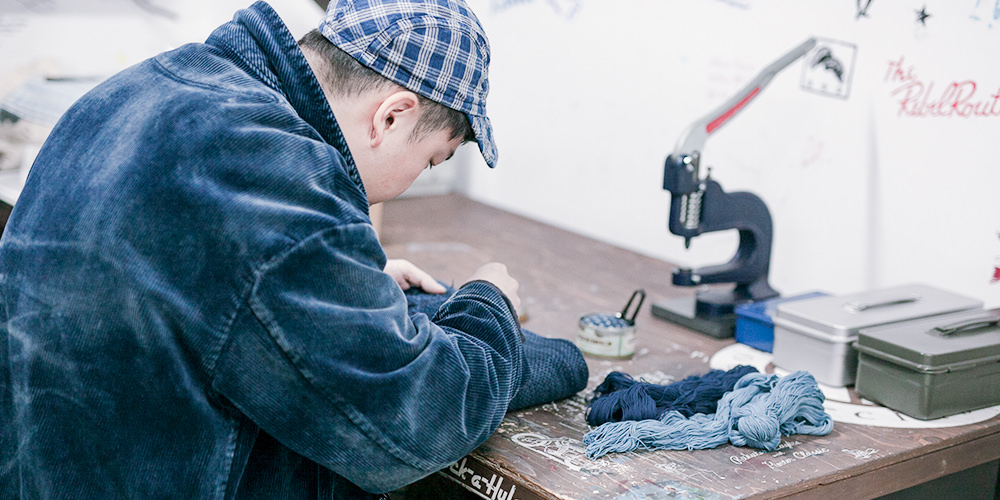
Isehan
As one of the most celebrated fashion streets in the world, new styles and trends are always being premiered in Omotesando. Running parallel to this is Kot...
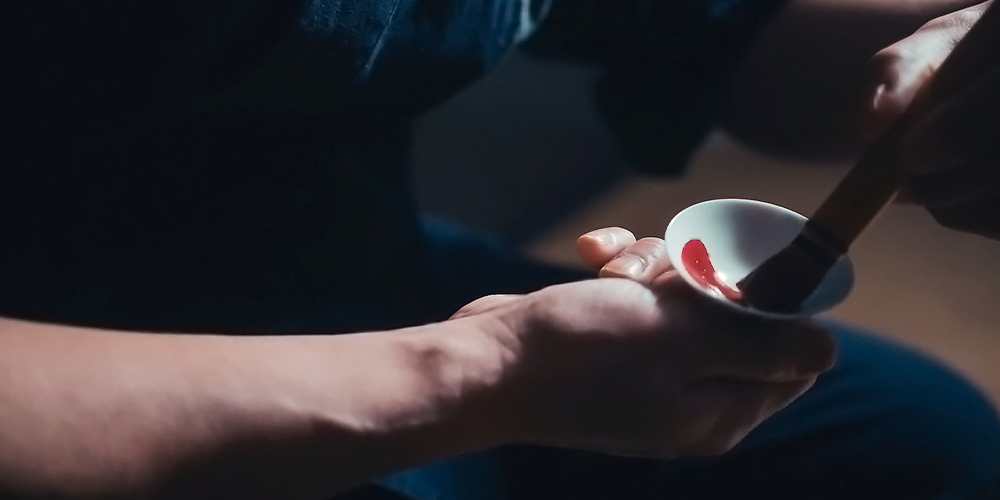
Hirose Dyeworks
Founded in 1918, Hirose Dyeworks has specialized in dyeing Edo Komon patterns for over a century. Edo Komon is a type of kimono patterns that originates fr...
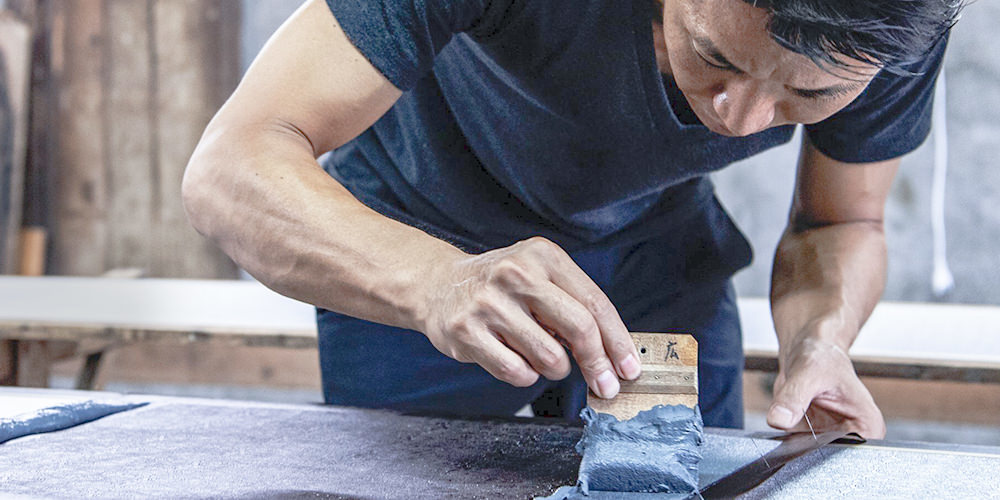
See all projects related to
FOOD
VIEW MORE
Shinbashi Tamakiya
The origins oftsukudanidate back to the early Edo period, when, as the story goes, fishermen living in Tsukudajima, located at the mouth of the Sumida Rive...
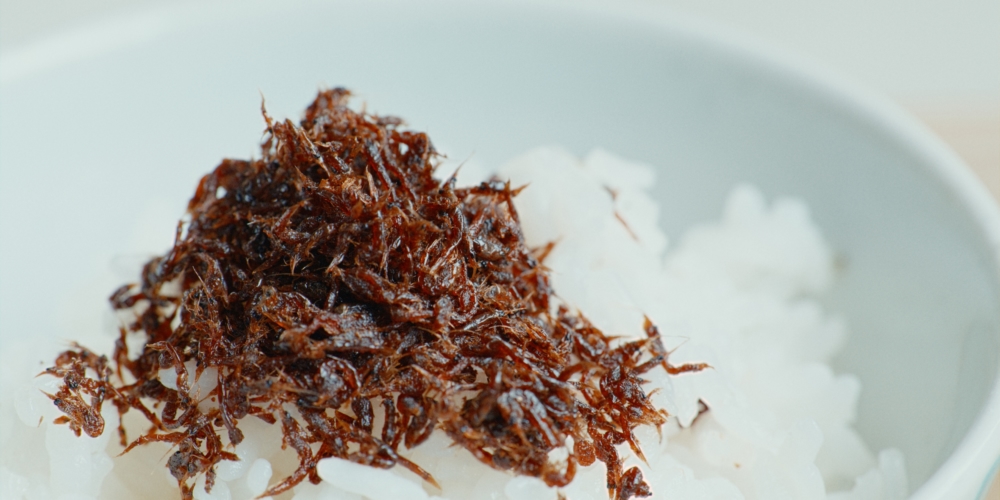
Tokyo Crude Drugs Association
Peony has an analgesic effect, glycyrrhiza is known for its anti-inflammatory and detoxifying properties, platycodon is used as an antitussive and expector...
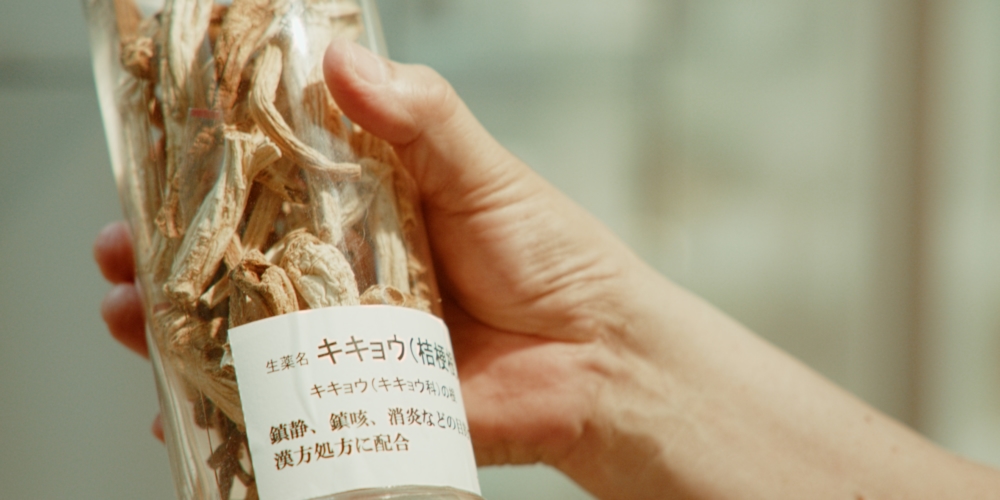
Ninben
In recent years, “dashi”, which is indispensable in Japanese food culture, has been garnering international attention as well. Ninben, based in Nihonbashi,...
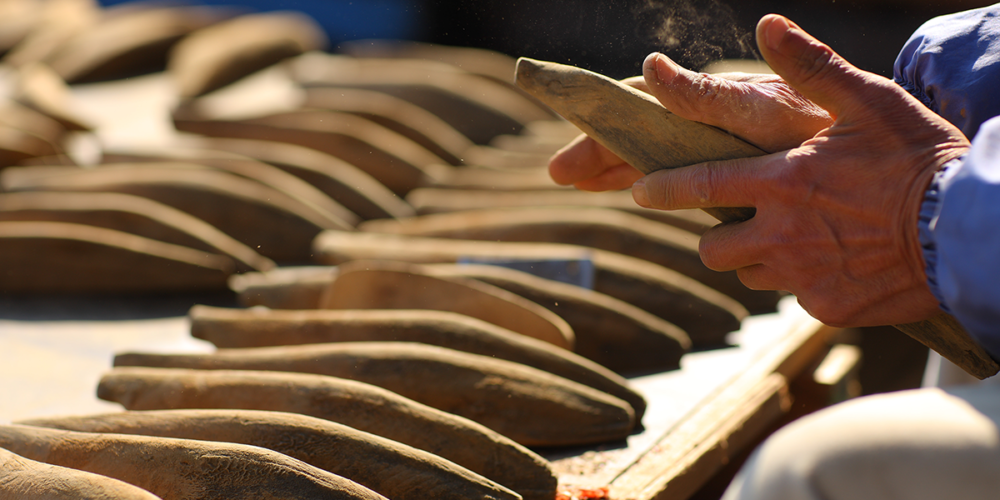
Negizen
The long-standing spring onion store Negizen was established in 1885. In order to distinguish between “Senjunegi” that has been improved upon t...

Yamamoto Noriten
Yamamoto Noriten enjoyed a loyal patronage of the people of Edo, so much so that since its founding in 1849 people said, “When it comes to nori, it’s Yamam...

Toshimaya
Toshimaya was established in Keicho 1 (1596) and is Tokyo’s oldest sake selling establishment. Its trademark is “Kane-ju”. This is a combination of “Kane-j...
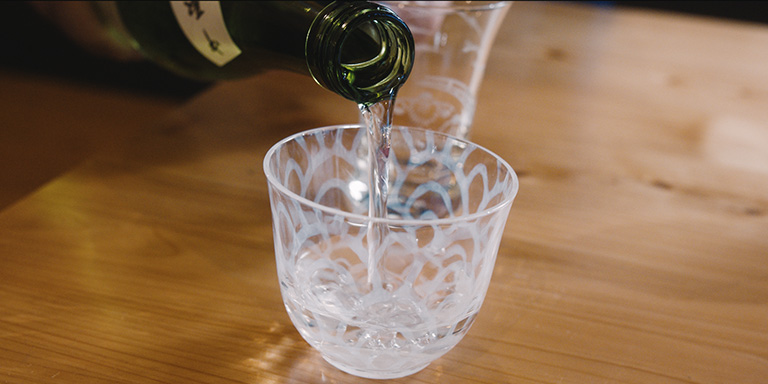
Nihombashi Sembikiya-Sohonten
Could the use of fruit as gifts be a custom unique to Japan? Japan is a “fruit country” – a rare concept in this world. A wide variety of fruits ripen each...
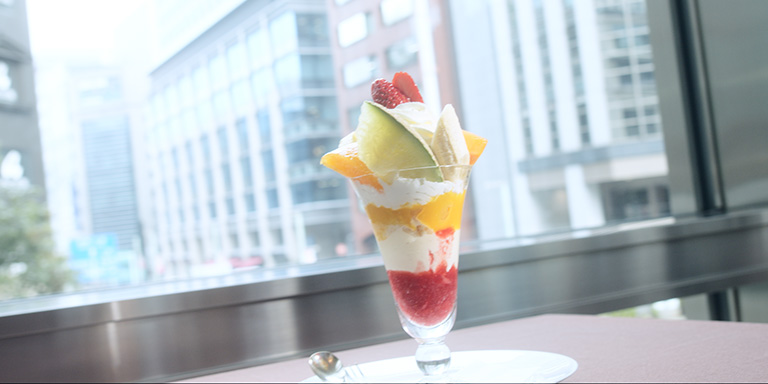
Japanese Culinary Academy Tokyo Committee
The Japanese Culinary Academy has as its purpose to spread Japanese cuisine around the world, while at the same time handing down traditional Japanese food...
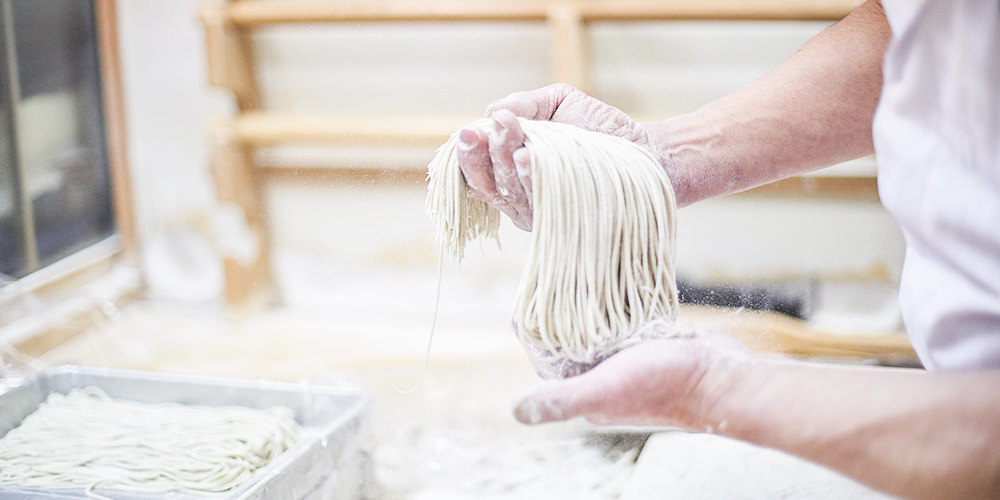
Eitaro Sohonpo
In 1818, in the late Edo period (1605-1868), a confectioner from the city of Hanno, Hosoda Tokubei, moved to Edo with his two grandsons. They opened their ...
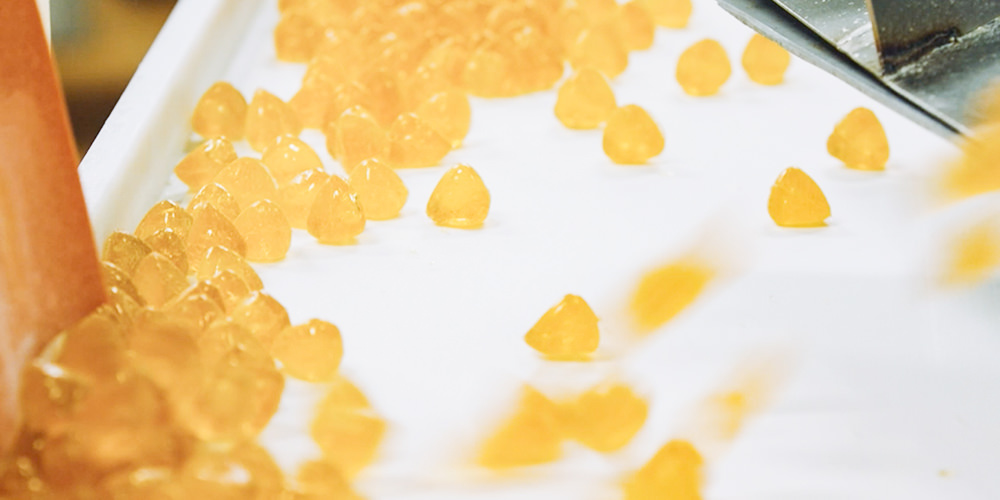
See all projects related to
LIFE
VIEW MORE
Mori Seimenjo
For years, futons made of highly absorbent cotton have been a favorite bedding in Japan’s humid climate. Not only are they excellent at retaining heat, kee...

Komiya Shoten
An elegant silhouette from the moment it opens, the tightly stretched fabric and meticulous stitching testifying to quality, careful attention to usability...
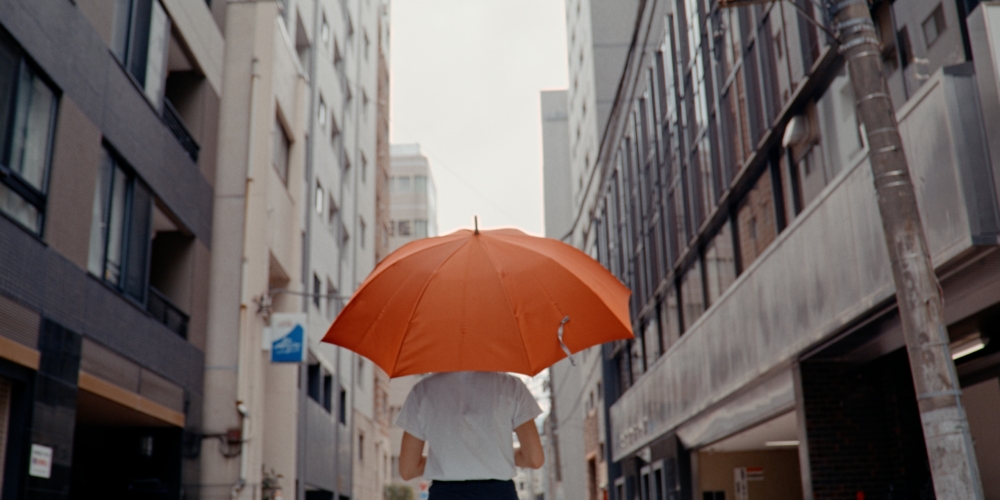
Shiina Kiriko (GLASS‐LAB)
Aguinomi(sake cup), its base engraved with a pattern of cherry blossoms, ten flat cuts on its sides. Filled with sake, the glass blooms with cherry blossom...

Moji Gallery
With the modernization of the lives of Japanese people, there has been a decline in Japanese-style architecture, and the old-fashioned style of hanging scr...
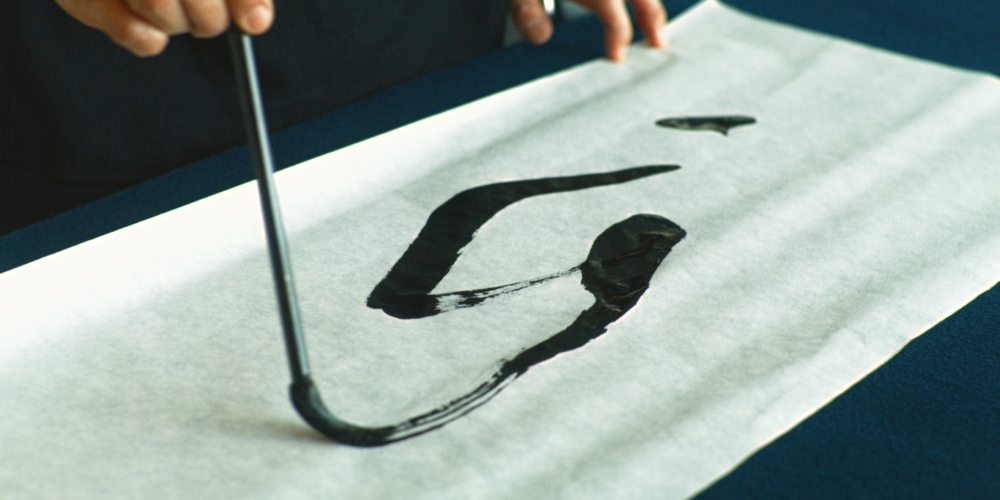
Uno Brush
Brushes (Hake) are used mainly for painting, and brushes are also a tool for brushing. Both have a lot of hair attached to the tip of the handle, but while...
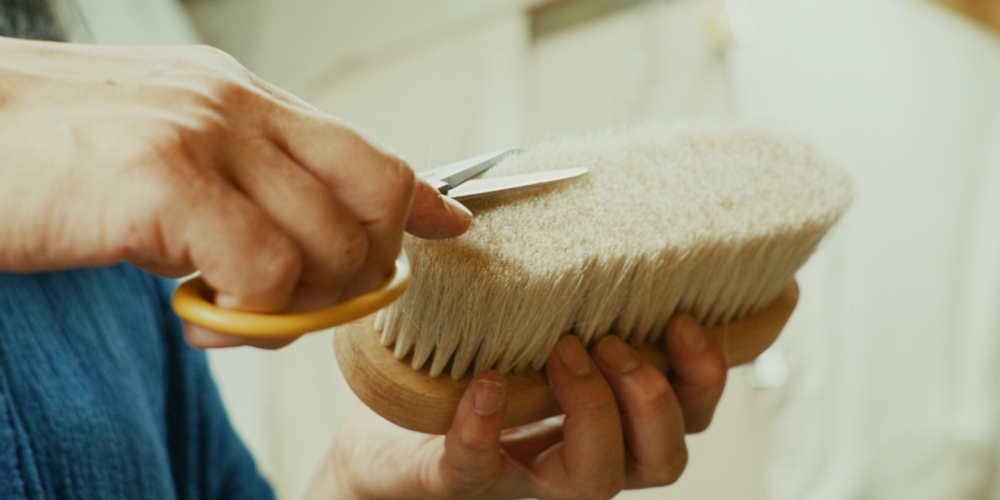
Uchino
Established in 1947, Uchino has expanded its towel business around the world, with towels that comfortably resonate with the five senses, including the “Bl...
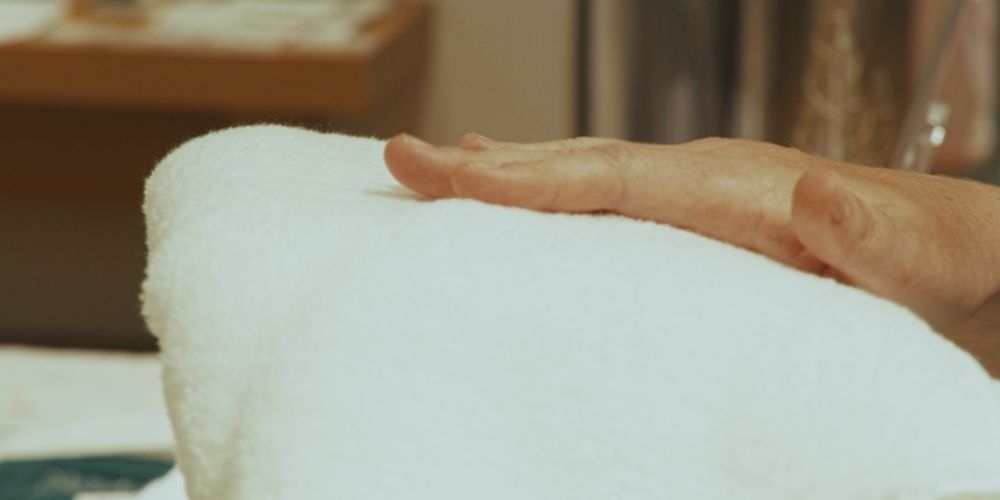
Ibasen
Founded in 1590. Ibasen boasts a history of more than 400 years as a long-established store manufacturing and selling uchiwa fans and folding fans, and has...
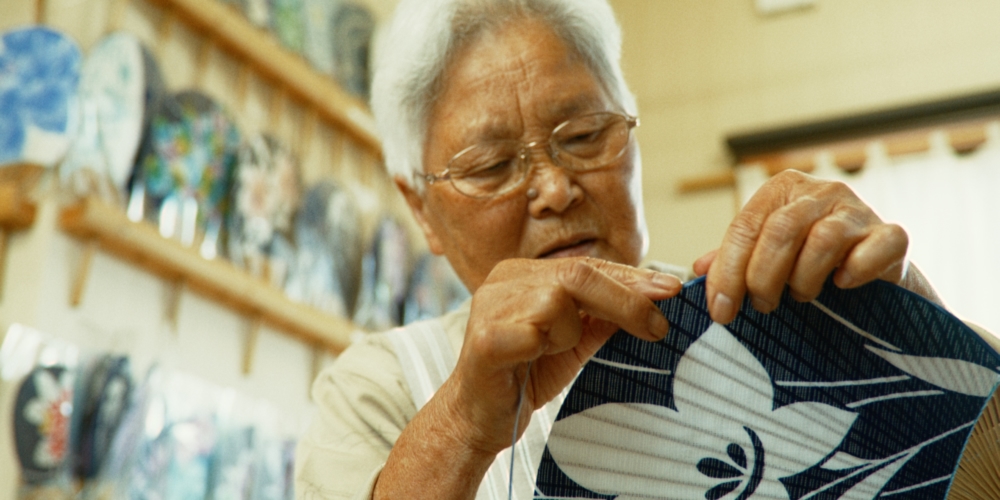
White Rose
The plastic umbrella that can be found everywhere in town and brings us great relief during sudden thunderstorms was actually invented in Japan. Pioneering...

Yonoya Kushiho
The tsuge (boxwood) comb, which was mentioned in Man’yoshu—the 8th century anthology of Japanese poetry—has been used to maintain hair since olden ti...

Edo Kumiko Tatematsu
The beautiful geometric patterns of hemp leaves and tortoise shell are thrown into contrast as soft light passes through a paper sliding door. Kumiko handi...
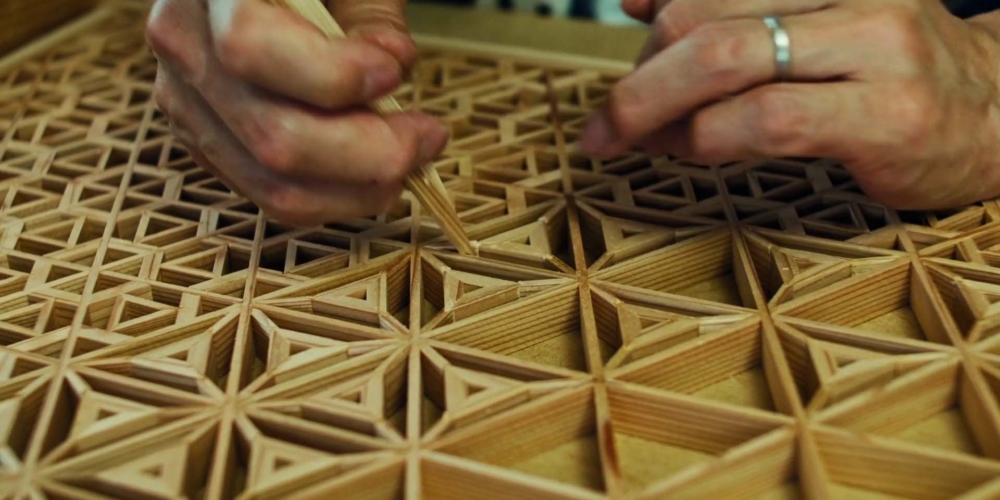
Matsuzaki Doll
Japan’s Sekku (Seasonal Festivals) culture has developed and become ingrained because of the stark contrasts between the four seasons. Since a long t...
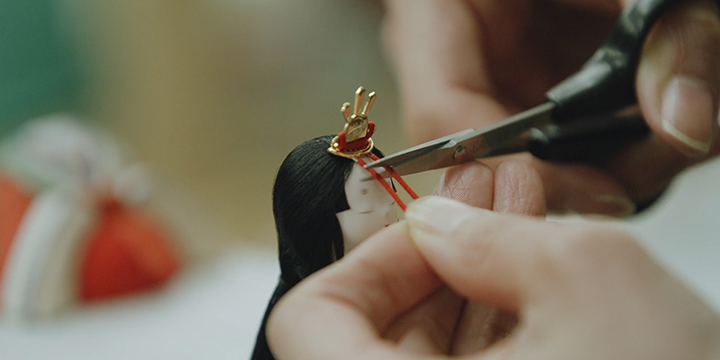
Miyamoto Unosuke
Taiko drums are beaten vigorously, portable shrines are paraded through the streets, and shouts and hayashi (musical accompaniment) echo loudly. Such a fes...
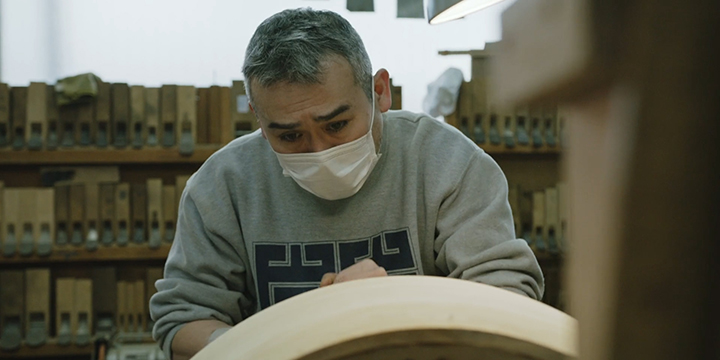
Ubukeya
Ubukeya, specializing in the manufacture and sale of knives, scissors and other bladed goods forged in the traditional manner and hand-sharpened, was found...
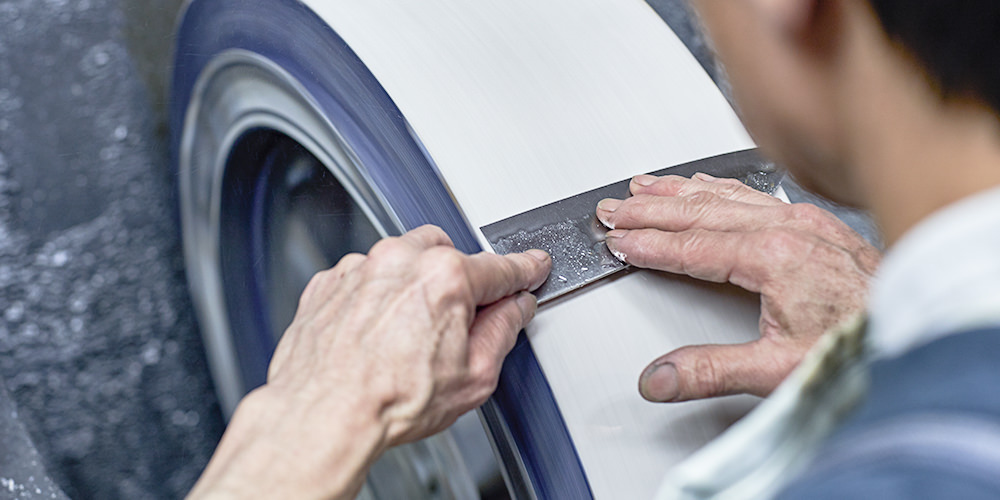
Takahashi Kobo
In Suido, Bunkyo, approximately 160 years since the Edo period, there is a workshop that continues to make woodblock prints. Founded in the Ansei period (1...
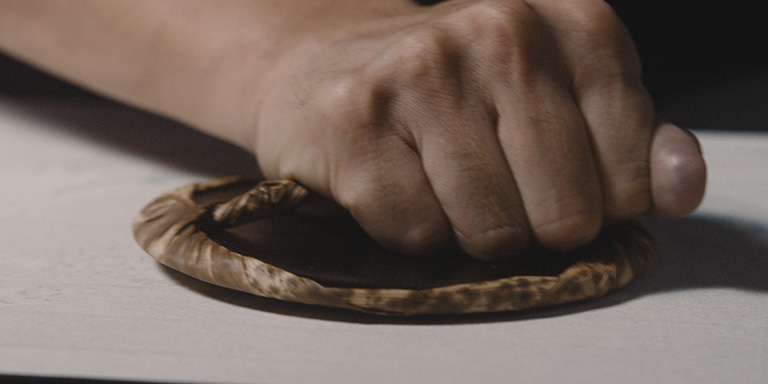
Seiko Watches
K. Hattori & Co., the predecessor of Seiko, was founded in 1881 in Ginza. The shop was founded by Kintaro Hattori, who started his business repairing...
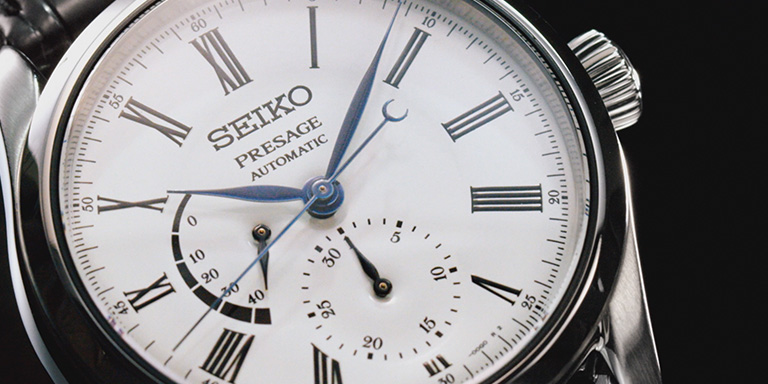
Nakamura
Noren (partitioning curtains), dyed with a shop’s symbol and name, are iconic features adorning the façades of Japanese shops. Thought to have arisen from ...
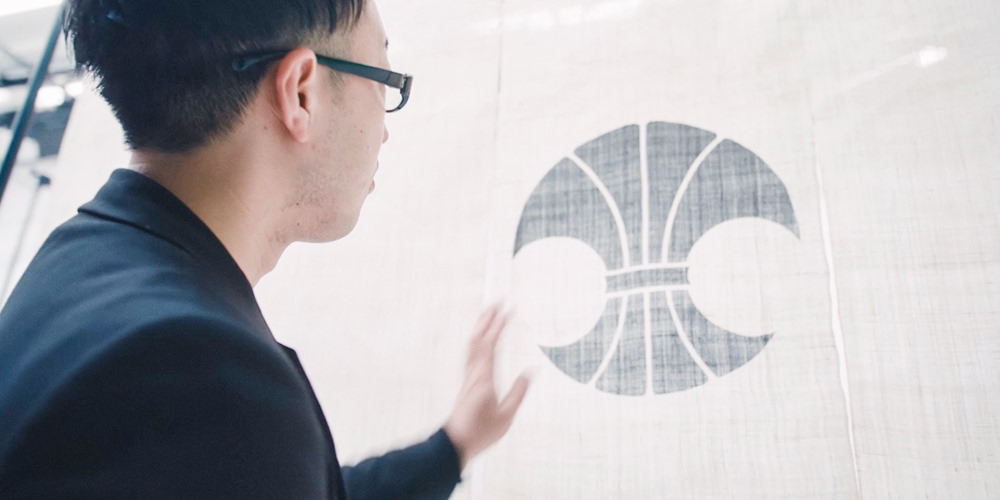
Kyogen
Kyogen was founded at Kyobashi in 1910 as a Mon-nori-ya, a craftsmen’s company that pastes the shape of a family crest onto kimono. Later, Kyogen became Mo...
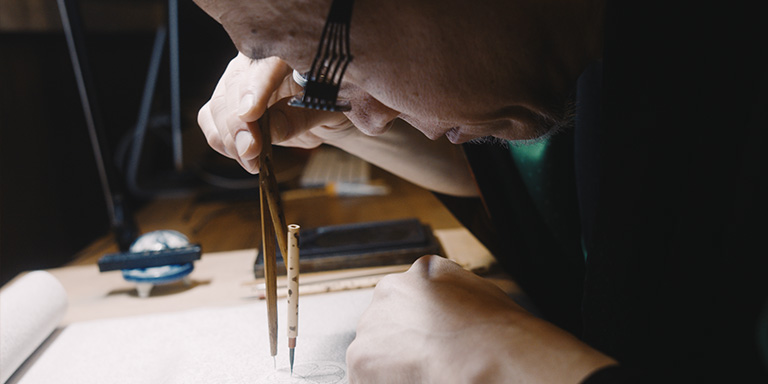
Kimoto Glass Tokyo
Kimoto Glass Tokyo has seen the glass industry inside and out during its 80-year operations since its founding as a glass wholesaler. Pressured by cheaper ...

Edo Kiriko’s Shop Hanashyo
Hanashyo, the manufacturer and seller of edo kiriko, has a relatively large staff for an edo kiriko workshop of 13. It does everything, from the product de...
